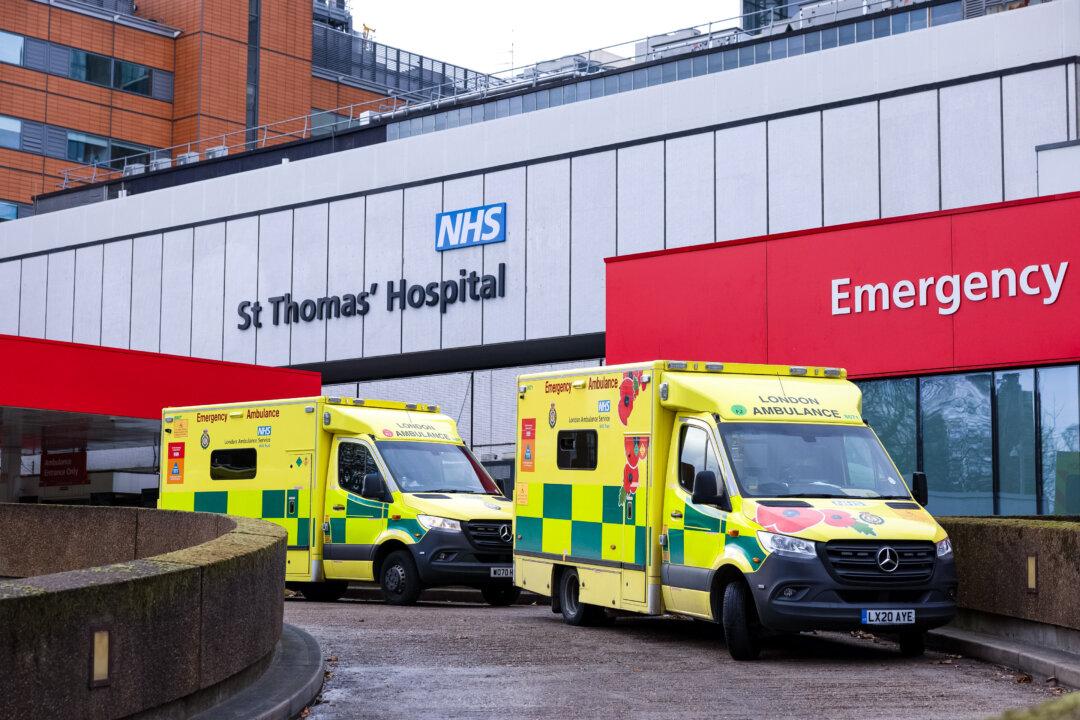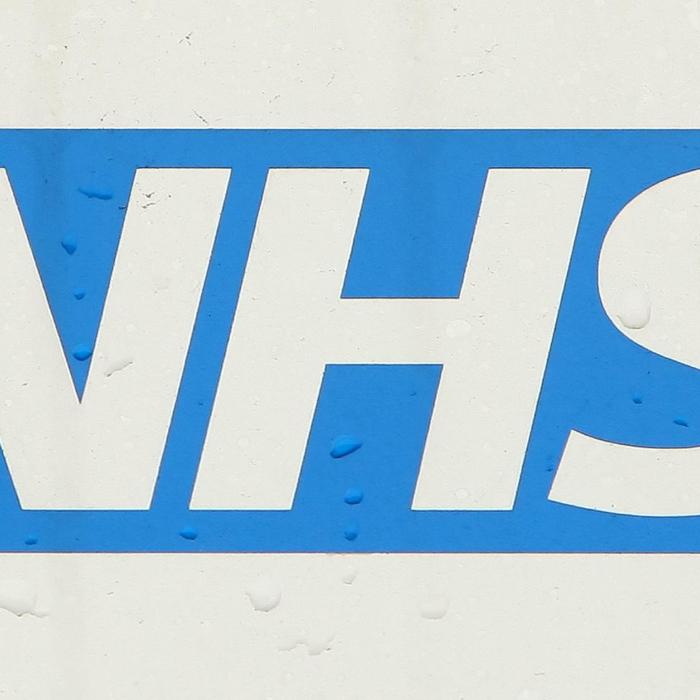More than 90 percent of the A&E doctors who responded to a poll by the Royal College of Emergency Medicine (RCEM) said patients are suffering due to casualty departments being overwhelmed, with so-called “corridor care” a frequent occurrence due to a shortage of beds.
The poll, conducted this week, questioned the heads of emergency departments in all four nations of the UK about the situation in their A&E, focusing on overcrowding and the standard of care patients are receiving.
Representatives from 63 hospitals responded, revealing the extent of the crisis in their departments between Monday and Wednesday lunchtime this week.
More than nine out of ten (90.5 percent) felt patients were coming to harm in their department due to the quality of care that can be delivered under current conditions
Eighty-seven percent said they had patients being treated in corridors while 68 percent of respondents had patients waiting in ambulances outside their department.
One respondent stated that they had a patient who had waited more than 19 hours for a hospital ward bed to become available after a decision was made to admit them, meaning in total they spent more than 25 hours in A&E.
‘A National Scandal’
In the letter, RCEM President Dr. Adrian Boyle described the situation as “nothing short of a national scandal,” highlighting the huge numbers of people waiting lengths of time in A&E.He references data which shows last year more than 1.5 million people waited more than 12 hours in an emergency department, with 400,000 there for more than 24 hours before being treated or admitted.
Dr. Boyle said the people who have to wait the longest are often vulnerable, elderly people and those who need in-patient care.
The letter said the royal college is “dismayed” by the lack of attention being given to emergency care in the parties’ manifestos. All parties are pledging to create more staff for the NHS as a whole and to reform the organisation in various ways.
“The serious omission of any meaningful priority to address overcrowded A&Es and resulting in so-called ‘corridor care’ is unconscionable,” Dr. Boyle wrote in his letter.
“If these associated deaths were taking place in any other setting, they would not be tolerated, yet within any manifesto and surrounding talks regarding the NHS there appears to be a blatant disregard for patients seeking Emergency Care, and the clinicians caring for them.”
He pointed to analysis by the royal college which found more than 250 deaths a week were associated with long waits in emergency departments.
Dr. Boyle said, “As shocking as that is, even more shocking is that these deaths are entirely preventable if long waits before admission were addressed and eradicated.
“But as the political parties detail their plans and commitments ahead of the General Election, we have yet to see one specific policy in any manifesto aimed at tacking this scandalous and shameful situation.”
Target Not Met Since 2015
There is a national target for 95 percent of those who go to A&E to be admitted, transferred or sent home within four hours, which has not been met in England since July 2015.The latest figures show that 74 percent of patients were seen within four hours in A&Es last month.
Some 42,555 people had to wait more than 12 hours in A&E departments in England in May from a decision to admit to actually being admitted, up slightly from 42,078 in April.
The record high for a calendar month is 54,573, which occurred in December 2022.
While it was not in the Labour manifesto, shadow health secretary Wes Streeting has committed to getting the four-hour A&E waiting time target back on track if his party forms the next government.
The Conservative manifesto makes what the RCEM terms “only a loose reference” to “improvements in emergency care.”
Reform’s manifesto pledges to encourage the policy of “Pharmacy first, GP second, A&E last,” suggesting it will discourage unnecessary visits to emergency departments, although no detail is offered on how to achieve this.
All parties have pledged to expand the use of pharmacy prescribing for certain health conditions to try and ease the burden on the NHS.







